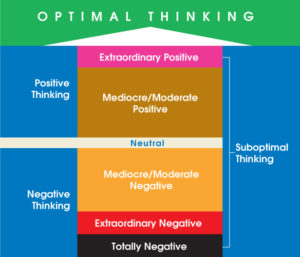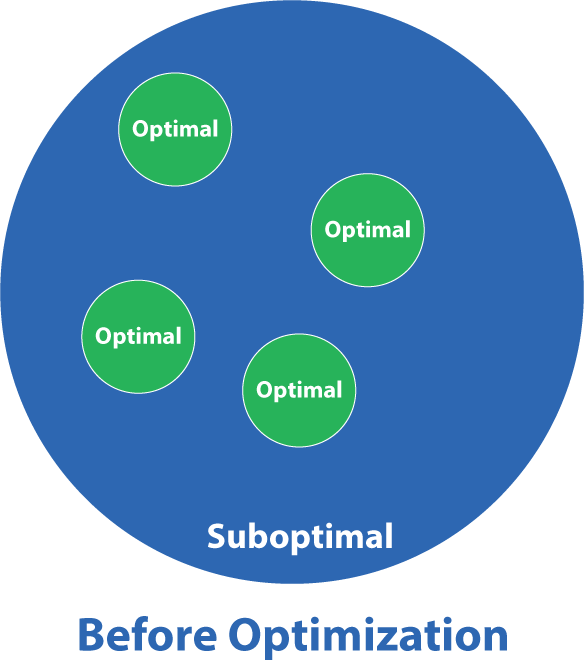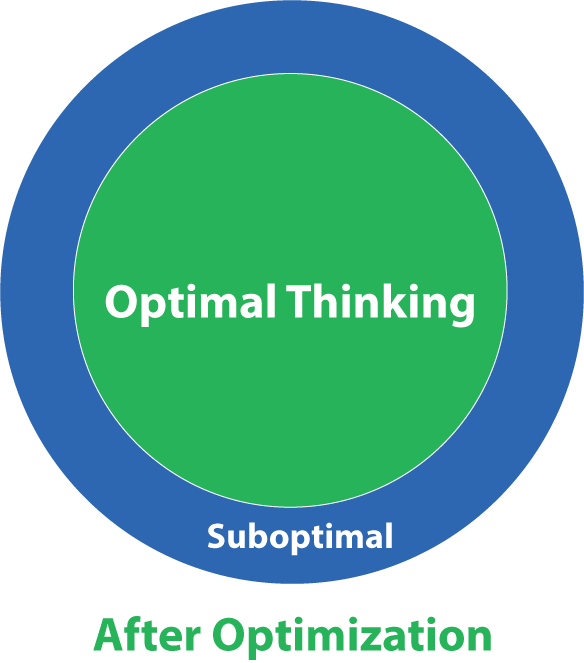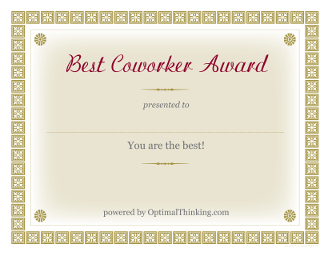Employee Motivation Programs to Optimize Results
Tired of one-day employee motivation programs that produce motivation for a day? Tried positive thinking motivational programs, incentives, rewards, and warnings and achieved only temporary results? Interested in the employee motivation strategies, best practices, and “virtual get motivated seminars!” that consistently optimize employee motivation and engagement?
Due to the coronavirus outbreak, we are offering all on-site seminars as custom virtual seminars (via Zoom).
Employee Engagement Statistics
Recent research by Gallup and Harris Interactive Polling revealed:
- Only 29% of employees are actively engaged in their jobs, while 54% are not engaged, and 17% are actively disengaged.
- Only 10% of managers are focused on what matters most to their organization. 90% of managers are either disengaged or distracted from key priorities.
- Gallup employee engagement statistics reveal that an engaged organization can lead to up to 18% increased revenue per employee. Gallup found that only four in 10 U.S. employees say they have the opportunity to do what they do best every day. Advance this to eight in 10, and a company could experience an 8% increase in customer engagement, a 14% increase in profitability, and a 46% decrease in safety incidents.
- Queen’s University School of Business scrutinized over 111,000 employee surveys on employee engagement over 10 years. They concluded that companies with the highest employee engagement achieve 15% higher employee productivity and up to 30% greater customer satisfaction.
Employee Motivation Strategies
1. External Motivation
- Fear — You had better get this right, or you will lose money, job, respect, relationship, status, etc.
- Incentives — If you do this right, you will gain money, recognition, status, promotion, lifestyle, etc.
The impact of external motivation is temporary. When the threat or incentive is removed, motivation is lost.
2. Internal Motivation
 Most employees have been exposed to the idea “If it is to be, it’s up to me.” Many set worthwhile goals, BUT their suboptimal thinking prevents them from being their best, and taking the best actions to achieve the best outcomes. They compromise their own best interests and the best interests of the organization, because they haven’t been educated in the art and science of consistent Optimal Thinking.
Most employees have been exposed to the idea “If it is to be, it’s up to me.” Many set worthwhile goals, BUT their suboptimal thinking prevents them from being their best, and taking the best actions to achieve the best outcomes. They compromise their own best interests and the best interests of the organization, because they haven’t been educated in the art and science of consistent Optimal Thinking.
You can create your own multicultural “Best Place to Work” environment where loyal employees bring the best version of themselves to the workplace, regardless of the circumstances. Optimal Thinking employees don’t rely on a pat on the back from management or a bonus at the end of the year to do their best. They focus on what is most important, ask the best questions to invite the best solutions, and make the most of the hands they are dealt. External incentives, recognition, and rewards are secondary, because they are self-motivated optimizers. All aspects of workplace trust — including credibility, transparency, respect, fairness, pride and camaraderie — proliferate in an Optimal Thinking collaborative culture. Want to know how?
The 4 Best Practices for Employee Motivation
1. Create Your Own Optimal Thinking Workplace.
Optimal Thinking leaders hire Optimal Thinkers with the skills to match job functions. They also educate employees in the art of consistent optimization with “Get motivated seminars and webinars”, executive coaching and mentoring to optimize – not just improve or manage – employee motivation, engagement, and performance.
In the Optimal Thinking “Best Place to Work” multicultural organization, leaders acknowledge and understand their employees thinking styles and motivation, respond to their unique needs, and bring out the best from them.

When employees understand their dominant thinking, decision making, core motivation, etc. and are trained in the art of consistent optimization, they make the most of their talents, resources, challenges, opportunities, communications, and relationships. They experience a unique camaraderie that is only achieved when respectful individuals help each other to be and do their best.


2. Provide the Most Conducive Facilities and Compensation.
The organization provides facilities and compensation that enable employees to be their best.
3. Optimize No Cost / Low Cost Employee Motivation Strategies.
Optimal Thinking leaders set motivating challenges and goals to maximize enthusiastic participation and job ownership. They provide fair treatment and appropriate recognition, optimize collaboration and teamwork, reward performance progress, and more.
4. Minimize De-motivators.
Optimal Thinking leaders assess and best resolve demotivating company policies and behaviors (eg. unnecessary power plays, destructive criticism, unproductive meetings and inefficient processes, unclear expectations about employee performance).


















